It shouldn’t come as a surprise that better patient experiences can lead to much better patient engagement and outcomes.
Research conducted by the Agency for Healthcare Research and Quality (AHRQ) found that encouraging patient engagement corresponded with improved patient outcomes, including fewer falls, fewer medication errors, and even shorter hospital stays.
The AHRQ started the Consumer Assessment of Healthcare Providers and Systems (or CAHPS) in 1995 to measure patient experience, and the Centers for Medicare & Medicaid Services (CMS) uses it to provide incentive-based payments to medical institutions with high scores.
State health departments also use CAHPS to give consumers and purchasers information that they can use when they’re deciding on a health plan. For example, in the state of Utah, all health and dental plan carriers have to provide CAHPS survey data to the Utah Department of Health, Office of Health Care Statistics.
What the CAHPS program does
The CAHPS program oversees, funds, and works with research organizations to gain insight about patient experience through surveys. These surveys ask consumers and patients about their experiences with health plans, providers, and healthcare facilities, and the program shares results with interested audiences.
A CAHPS survey covers a variety of aspects of the patient experience. These surveys focus on questions best answered by patients — such as how well healthcare providers communicate and how easy it is to get an appointment.
Experience differs from satisfaction
One of the reasons why CAHPS surveys are administered is because patient experience isn’t the same as customer satisfaction. A customer satisfaction survey will focus on how happy the patient is with their care. However, a patient experience survey takes a more holistic view, probing into how often a patient communicates with their provider and how well they understand medication instructions, for example.
That’s because patient experience covers the entire range of interactions that someone has with their medical institution. It’s not just what happens in the doctor’s office or the hospital room that’s of interest; it’s also how easy it is to make an appointment and access information.
How CAHPS can benefit healthcare providers
One of the biggest benefits that CAHPS offers healthcare providers is a chance to identify any weaknesses they have in treating patients. For example, by conducting a CAHPS survey, medical institutions may realize that patients are waiting a very long time for an appointment, and this information might underscore the need to hire more practitioners.
Additionally, good CAHPS scores can increase the reimbursement that medical institutions receive from CMS. The Merit-based Incentive Payment System (MIPS), part of the Quality Payment Program (QPP), offers higher payments to providers that receive higher CAHPS scores. Providers can choose which measures are the most meaningful in regards to the services they offer.
Improving patient outcomes
Because medical institutions receive patient feedback through CAHPS, they’re better able to make adjustments in the care they provide their patients — such as improving the way they give post-operative instructions. In turn, this can improve patient outcomes, because they’ll better understand the how and why of their doctor’s instructions.
In addition, using CAHPS surveys can also help improve patient safety practices. For example, a survey might reveal that the information on medicine labels is inadequate. Healthcare providers can correct this problem to ensure that patients receive the correct medication and dosage.
Creating your own CAHPS surveys
Since you can administer your own CAHPS surveys — and you might want to get started as soon as possible — it’s important to keep a few things in mind. First, the surveys must focus on questions where the patient is the best source of information — like whether they felt their healthcare provider treated them with respect. You also need to focus on asking patients only about the care they’ve received or could observe.
As you start drafting questions, keep in mind that they should focus on all aspects of the patient experience, from the moment a patient calls to make an appointment to their post-visit or post-discharge experience. Make sure you include a specific time frame as a reference, such as “the past six months.”
You can implement CAHPS surveys in your own medical institution by using one of Jotform’s CAHPS survey templates. These templates offer sample questions that you can tailor to your organization. They will help you get the feedback necessary to improve the patient experience — and by extension, patient outcomes.
Ultimately, the goal is not only to improve processes and procedures but also the care you deliver to patients. CAHPS surveys can help you do this, identifying where you should focus on making improvements throughout the entire patient experience.


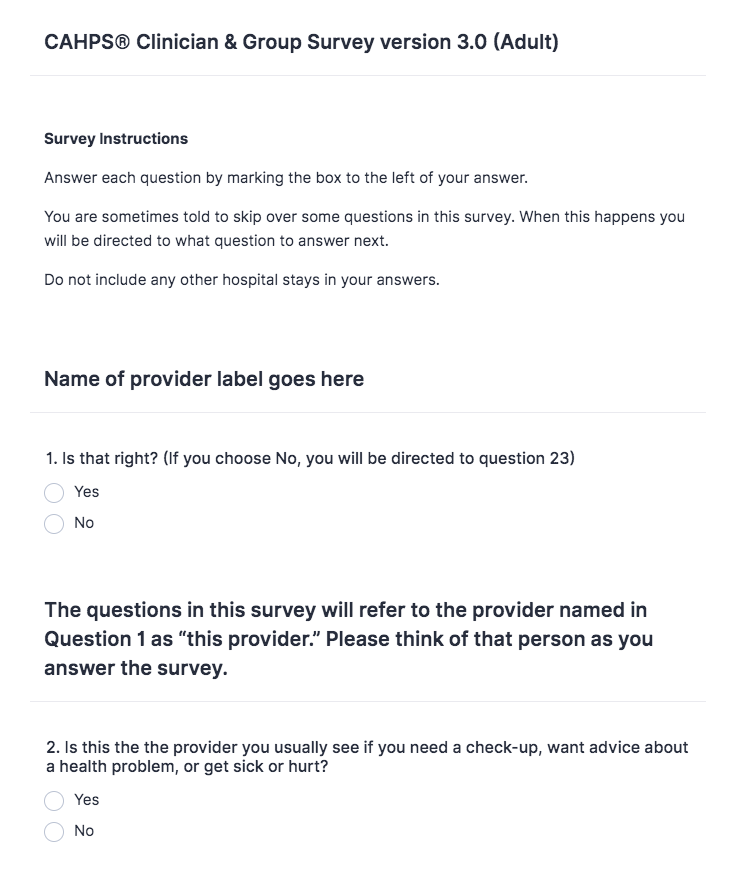












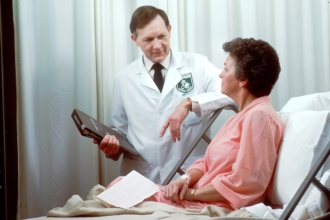











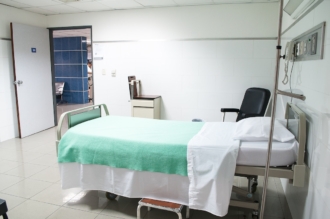












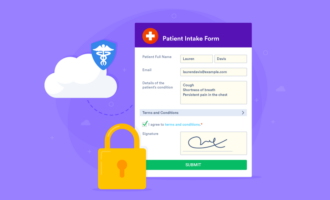

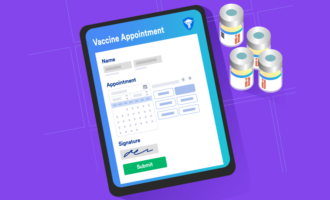










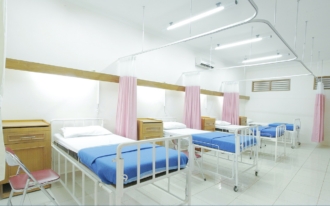

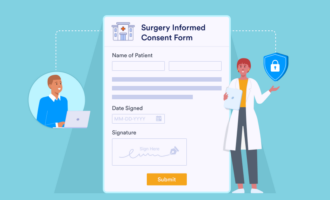

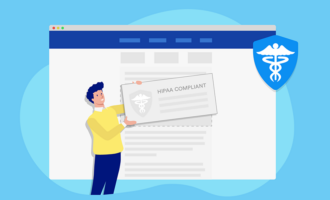




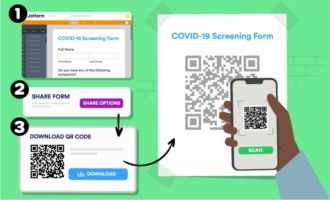
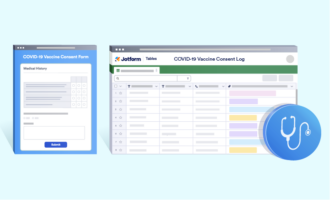



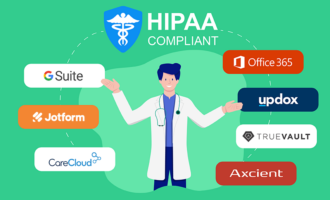




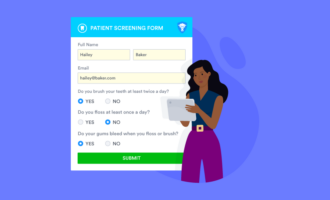

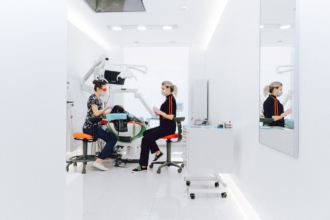













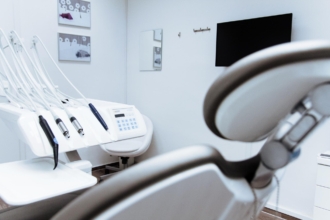

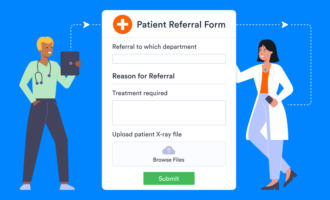













Send Comment: